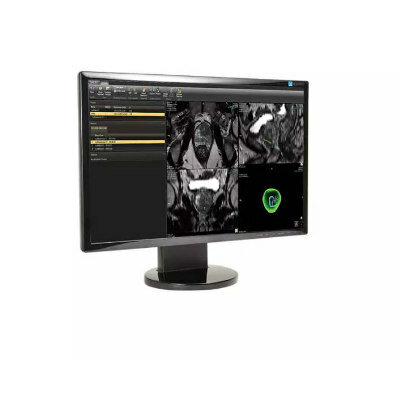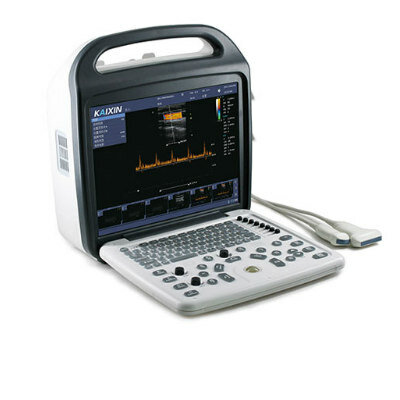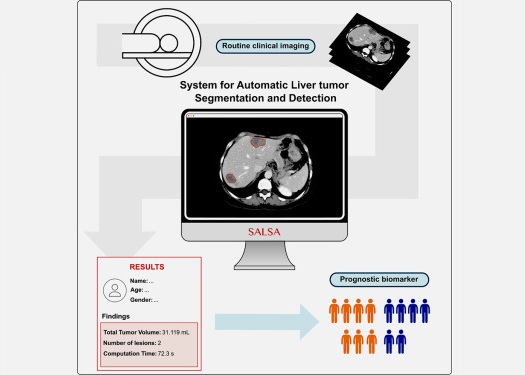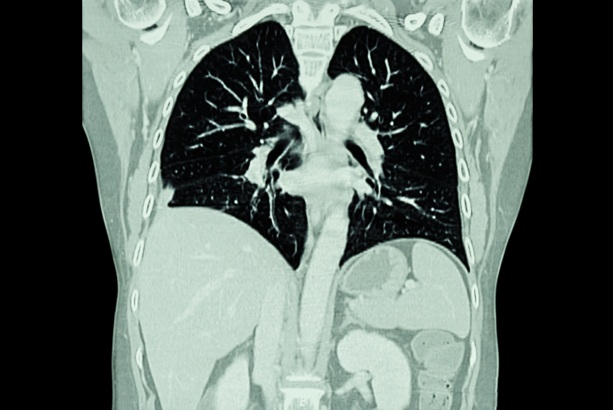AI Automatically Detects Vertebral Fractures on CT Images
Posted on 02 May 2023
As people age, many experience a decrease in bone density, a process known as osteoporosis. Often, this condition goes unnoticed even when there are fractures in the vertebral bodies. While X-rays or computed tomography (CT) scans can detect these fractures, they may be overlooked, especially if the CT scan is performed for a different purpose or due to the hectic nature of clinical environments. Now, a new software program employs artificial intelligence (AI) to improve osteoporosis diagnostics by automatically identifying signs of the condition and detecting prognostically unfavorable vertebral fractures on CT scans conducted for various other reasons.
Chest CT images are frequently taken to examine the lungs, for instance. Although the spine is visible in these images, it may not be examined if the focus is on another issue. The innovative software program developed by researchers at Kiel University (Kiel, Germany) operates in the background during such examinations, automatically assessing the spine and alerting clinicians to any vertebral fractures that might have otherwise gone undetected. Identifying these fractures is crucial, as their presence significantly raises the risk of subsequent fractures.

The software relies on neural networks, which are algorithms designed to mimic the human brain's functioning and are commonly employed for pattern recognition. The AI was evaluated on 159 spinal CT images from seven different hospitals. Prior to the test, experienced radiologists examined the images and identified 170 fractures. The neural network accurately classified 90% of the cases with fractures and 87% of the vertebrae without fractures. Moreover, the program is capable of not only detecting fractures but also differentiating between mild fractures (grade 1) and more severe ones (grade 2 or higher).
"This diagnosis is crucial for estimating future fracture risks," said Eren Yilmaz, a doctoral candidate. "It is particularly applicable to hip fractures, which are associated with a high reduction in quality of life and increased mortality, especially in old age. We are thus developing an early warning system to prevent serious consequences of osteoporosis."
Related Links:
Kiel University














